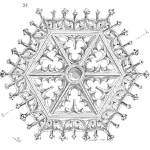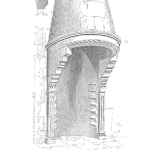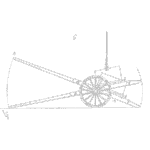
Technical drawings and electrical specifications often include tolerances.
The range of values allowed for a particular aspect of the part.
Reliability engineers do not set the tolerances, yet we should both understand and influence them.
A critical element of design for reliability is the creation of a robust product.
It is not just robust in the end use, your product should also be robust to the variability that will occur during manufacturing and transportation. [Read more…]












